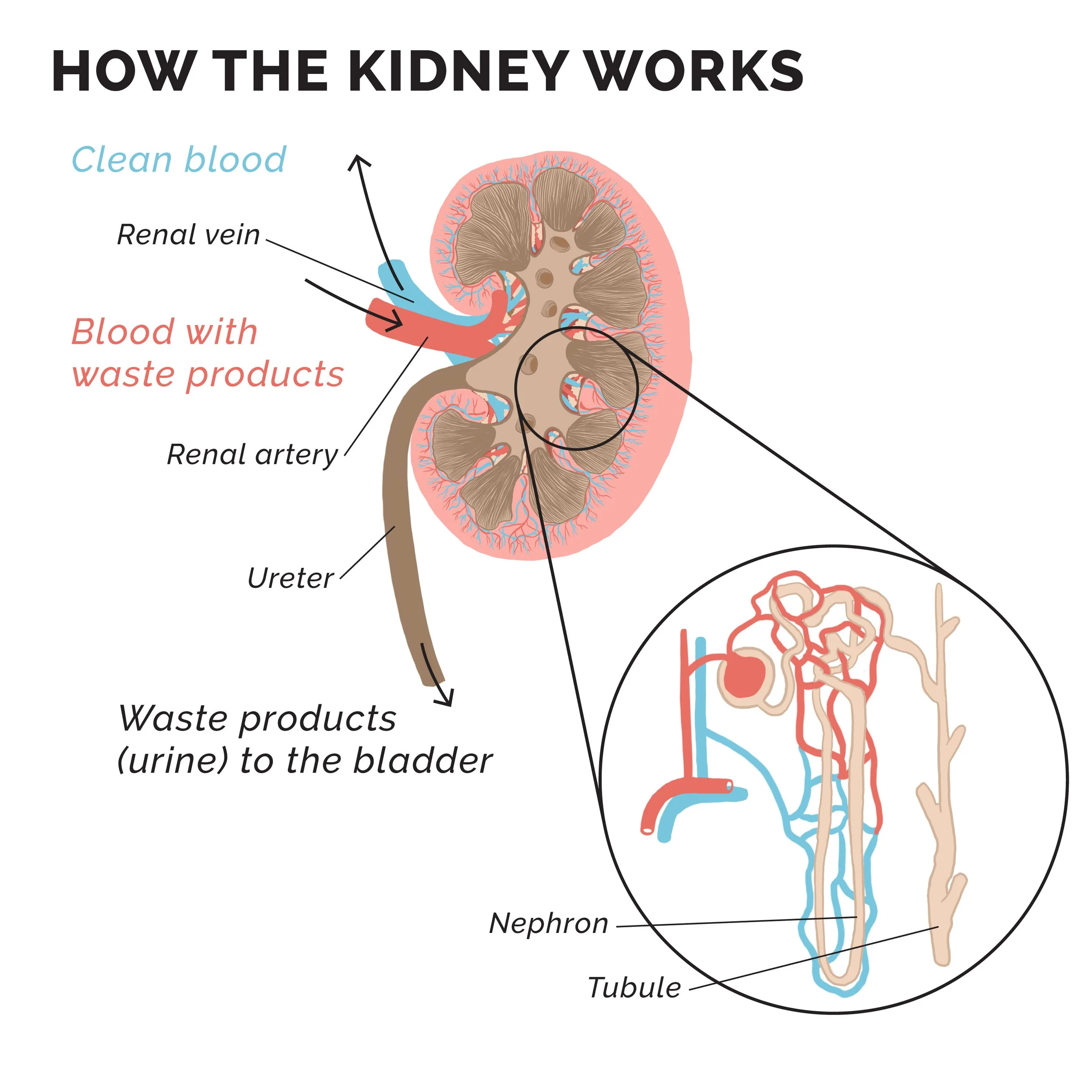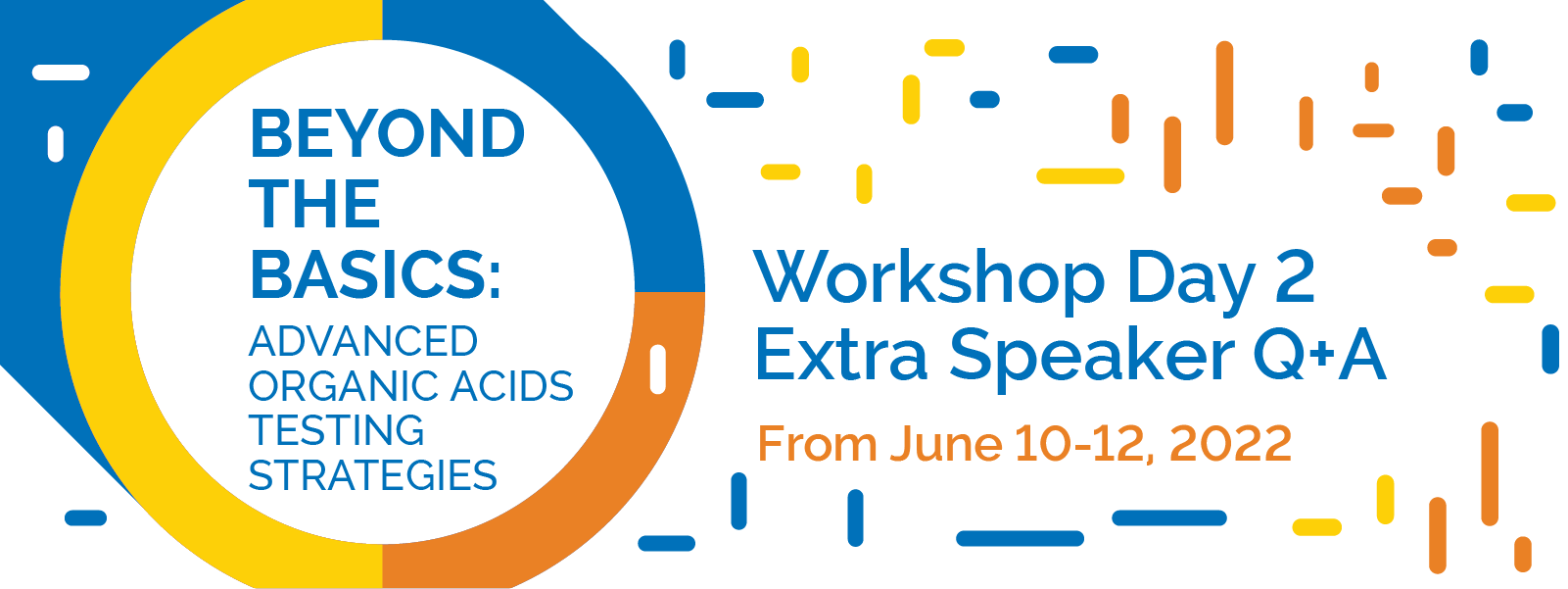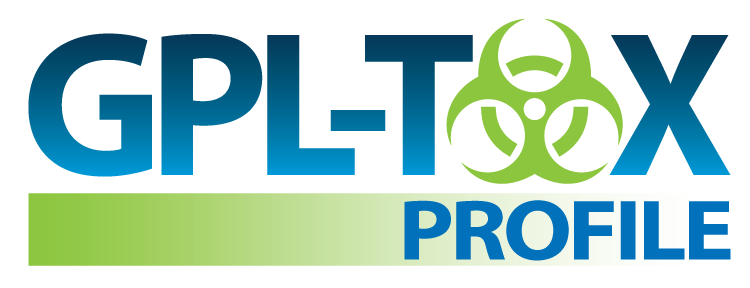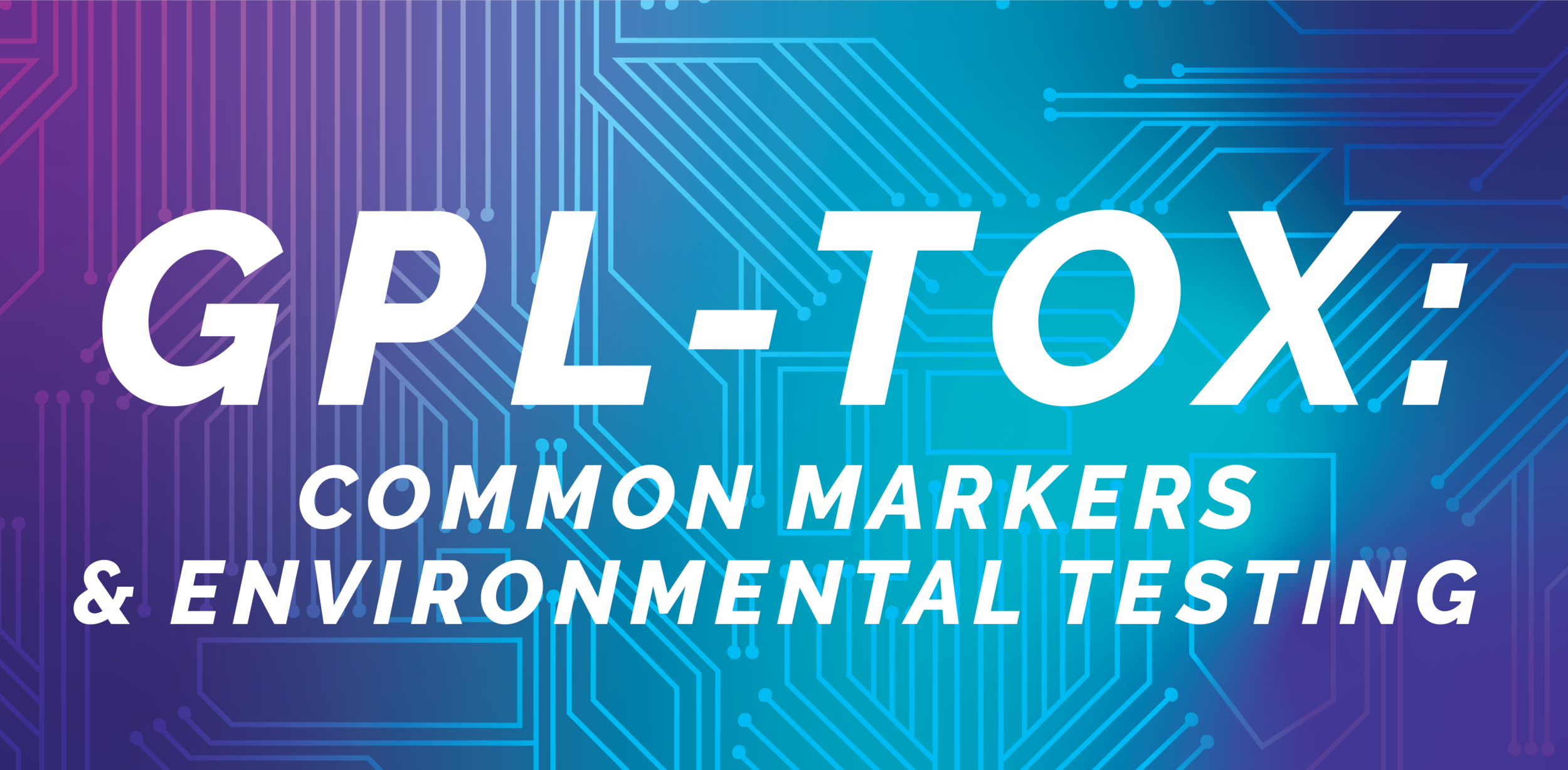The Most Common Chemical Toxicants Measured by the GPL-TOX Profile
In this blog, Dr. Joseph Pizzorno, ND, summarizes the GPL-TOX Profile’s compounds that are found most frequently at high levels. The GPL-TOX Profile quantifies the most widespread human-made toxic compounds, including acrolein, acrylamide, bromopropane, MTBE, and perchlorate, followed by phthalates, styrene, and xylene.
Dr. Pizzorno is an expert in Environmental Medicine where he assesses the effect of toxic compounds on human health and metabolism. He is well versed in identifying mitochondrial damage, glutathione depletion, CV disease, respiratory toxicity, diabetes, dyslipidemia, and cognitive impairment tied to specific toxins.
Because the GPL-TOX Profile is mainly carried out on individuals who are ill, and these common toxicants are found everywhere, there is no control group to compare disease statistics. The percentages reported are based on NHANES population data from the CDC (except for MTBE/ETBE) collected on the general US population, as opposed to individuals with measurable workplace exposure.
Outlined below are each toxin and its prevalence in daily life. The mechanisms of cellular damage and routes of elimination from the body, as well as disease conditions that can be at least tangentially connected to a particular toxin, is outlined below as well.
Benzene is the only GPL-TOX Profile compound included near the top of ATSDR’s 2019 Substance Priority List. ATSDR (Agency for Toxic Substances and Disease Registry) is the branch of the CDC responsible for assessing toxic threats to the US population. However, several of the ATSDR priority compounds are toxic metals such as lead, which are quantified by a different chemical method. Also, the ATSDR priority compounds are more likely to be found in toxic dumps, which have not yet been remediated.
Acrolein is an EPA high priority compound. As a combustion byproduct, it can be found in beverages like coffee and alcohol, and foods cooked at high temperature, particularly unsaturated oils. Acrolein produces protein and DNA adducts as well as damaging mitochondria (which most toxins seem to do). Acrolein exhibits multiorgan toxicity, including cardiovascular, diabetes, respiratory damage, and abnormal lipids.
Acrylamide is not as persistent as acrolein, but it is also a product of cooking technique. The amino acid asparagine combines with starches during cooking to produce acrylamide: potatoes (e.g. French fries, chips) are a major source in our diet. The browning of foods makes them tastier and always provides some acrylamide with the meal. It has been estimated that one third of our foods contain acrylamide. Rodent studies link fetal damage and smaller head circumference to exposure. Adequate Vitamin D appears to reduce DNA damage and adducts. A brief discussion on AGEs (Advanced Glycation Endproducts) follows.
Bromopropane on the GPL-TOX Profile was introduced as a less toxic, less ozone-depleting substitute for trichloroethylene (TCE), which is high on the ATSDR list. 1-BP has now been added to the Toxic Release Inventory (TRI) and large-scale usage must be reported. This widely used halogenated solvent is used to clean electronics and synthesize asphalt, but there is “surprisingly limited human data.”
Hairdressers who use chemical straighteners or relaxers are exposed; so are employees of dry cleaners. Clinical signs reported included muscle weakness, paresthesia, numbness, urinary incontinence, and memory disturbances.
Phthalates make plastic more flexible, but they are released easily from both food (fast food and food-handling gloves) and non-food sources (health and beauty aids). They bind to insulin receptors; Pizzorno estimates that 25% of diabetes is the result of phthalates. Phthalates also contribute to growing infertility issues (particularly reduced testosterone) in both sexes, lower IQ, and an increase in ADHD in children. Flavonoids in diet mitigate the effects and fasting helps clear phthalates from the body.
Perchlorates are not persistent but there is some speculation that chlorination of drinking water may increase exposure. Although rocket fuel and fireworks are the well-publicized sources, perchlorate is also allowed to control static in plastic food packaging, which is now the major source. Perchlorate binds to iodine and so reduces hyperthyroid activity in Grave’s disease.
Does perchlorate exposure contribute to hypothyroid conditions? Probably, but the impact of perchlorate on thyroid function has been difficult to demonstrate since widespread iodine insufficiency is the crucial factor.
MTBE was once used as an antiknock additive for gasoline, replacing lead. MTBE has a half-life of only eight minutes, and supposedly is no longer added to gasoline in the US; however, it is still present in water supplies in many cities (perhaps from leaking gas tanks). MTBE is an industrial solvent and still produced in large amounts for export and is present in “virtually” the whole population of the US. The health effects of MTBE are difficult to determine apart from other gasoline constituents.
Styrene is important in many chemical manufacturing processes, and exposure to the public can come from disposable plastic coffee cups, memory foam mattresses, vehicular exhaust, and smoking. Exposure to styrene elevates malondialdehyde (a marker for oxidative stress), depletes glutathione, and creates DNA adducts (8OHdG test). Styrene may add to ASD risk, hearing and vision loss, genotoxicity and perhaps cancer. Health effects are difficult to pinpoint because there is no unexposed cohort.
Xylene health effects are hard to distinguish from other solvents; it is not persistent in the environment. Half of industrial xylene goes to producing PET bottles and polyester clothing.
Dr. Pizzorno notes that the entire population is exposed to most of these potential toxicants, so that teasing out specific effects is very difficult and disease associations can be quite vague. He cites the CDC’s National Report on Human Exposure to Environmental Chemicals as a resource for what exposure and health effect data is available.
However, individuals have unique biochemistry. There can be over 100-fold difference in Phase 1 and 2 detoxification ability. A small percentage of the population is very slow to detox. Reactions to individual toxins are dependent upon total body toxin load, so the best strategy is to minimize exposure and consume nutrients that facilitate detoxification. Properly prepared organic food (not burned to generate acrylamide) is the best diet approach. He points out that detoxification requires patience. Expected and hoped-for results come very slowly, even slower than the health gains from nutritional therapy.
As Dr. Pizzorno repeated throughout his presentation (video access above): The best intervention is always avoidance. More guidance is revealed in his book for consumers: The Toxin Solution.
Note: The 19th marker on the panel is tiglylglycine, a compound related to mitochondrial function. Tiglylglycine could not be measured using OAT methodology, but the peak could be seen on the GPL-TOX Profile’s LCMS, so it was added at the end of the report.
About Joseph Pizzorno
Joseph Pizzorno, ND, is a thought leader in functional medicine. As founding president of Bastyr University in 1978, he coined the term “science-based natural medicine” which set the foundation for Bastyr to become the first accredited institution in this field anywhere in the world.
Learn more with our live webinars!

















































